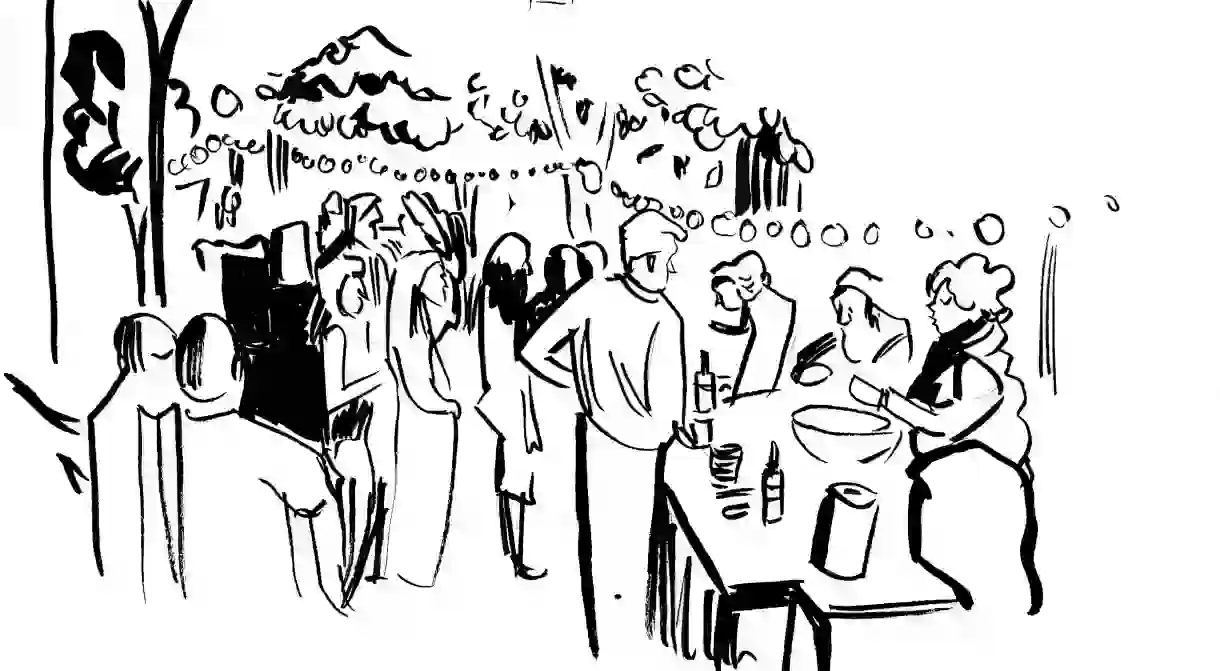‘Many Love’ by Sophie Lucido Johnson, an Intimate Introduction to Polyamory

Through memoir, Sophie Lucido Johnson explores the evolution of her controversial mindset.
For many, the go-to book about polyamory is Dossie Easton and Janet Hardy’s The Ethical Slut, published in 1997 and updated in 2017. But while The Ethical Slut offers a practical how-to guide to having more than one partner, Many Love: A Memoir of Polyamory and Finding Love(s) explores how polyamory works in one woman’s life.
Polyamory, which positions itself against monogamy, was the fourth most googled word (relating to relationships) of 2017. First used around 1990, the term itself is relatively new, but the practice is much older. Etymologically, the word means “many loves,” and polyamorous people practice a variety of open relationships. This can range from having sexual relationships with people outside of a monogamous relationship to having several ongoing romantic and sexual relationships.

Johnson uses her own life as the framing device to gently bring readers into understanding polyamory. She begins by looking at her own early experiences of romance and friendship. As a young woman, Johnson had a very traditional idea of how she would fall in love, find a soulmate, and never desire another again. But as she dated, she learned that love is not so simple. She travels through relationships as she moves between Portland, San Diego, New Orleans, and Chicago. These changing locations and dynamics highlight the ways that the realities of relationships have changed in the new millennium.
Through the intimacy of the memoiristic style, Johnson is able to portray the difficult thoughts and complex conversations that must take place in order to operate open relationships. She explains how various relationships began and ended, and the ways that polyamory changed her understanding of all of the relationships in her life, not just her romances. For her, diving into polyamory meant trying “to treat everyone with equal intention toward love, generosity and respect, and see where it takes you.”
Jealousy is often the foremost concern people have with open relationships. Johnson is upfront about her experiences of jealousy and the ways that her relationship to jealousy and her coping mechanisms have changed. She breaks down the ways that jealousy can be useful, arguing that “if jealousy is something you’re able to diffuse through communication and processing,” it can bring people closer together. She writes about long discussions with partners and personal journaling.

“Polyamory asks participants to be self-aware and to constantly examine their priorities,” Johnson writes. “While that’s exhausting, I find it to be a beautiful exercise in honesty – an exercise that, with time, becomes a natural practice.”
For those familiar with polyamory, the first few chapters can feel a little basic. Johnson builds a firm foundation for the later complications as she describes her relationships deepening. She begins reaching out to other polyamorous people to discover the variety of relationships people make, each person seeking what works best for them. She includes charts that break down the main types of polyamorous relationship constructions. These charts and other graphic elements add levity to what can be a rather dry story.
It may be surprising to some that the relationships Johnson finds most affected by her shifting views are her friendships. As she points out, “I’d grown up believing that romantic partnerships trumped all the other friendships there were.” By examining her relationship to romantic connections, she is forced to examine how she relates to all people in her life.
Whether readers pick up Many Love because they want to explore polyamory for themselves or just want to learn more, Johnson’s story offers insight for everyone as we all explore what it means to be in relation to one another.














